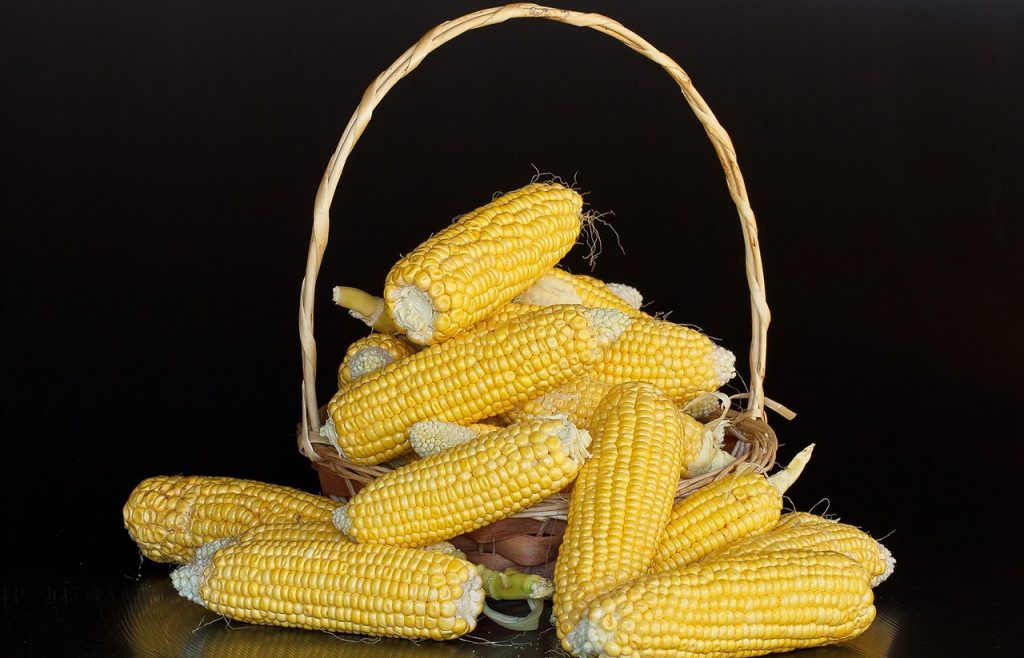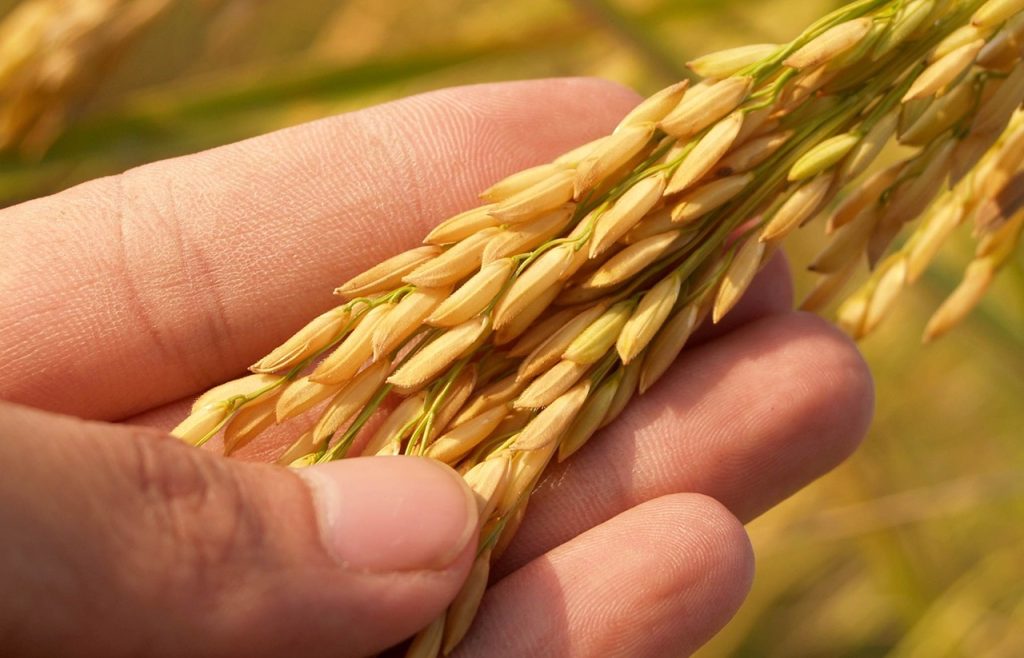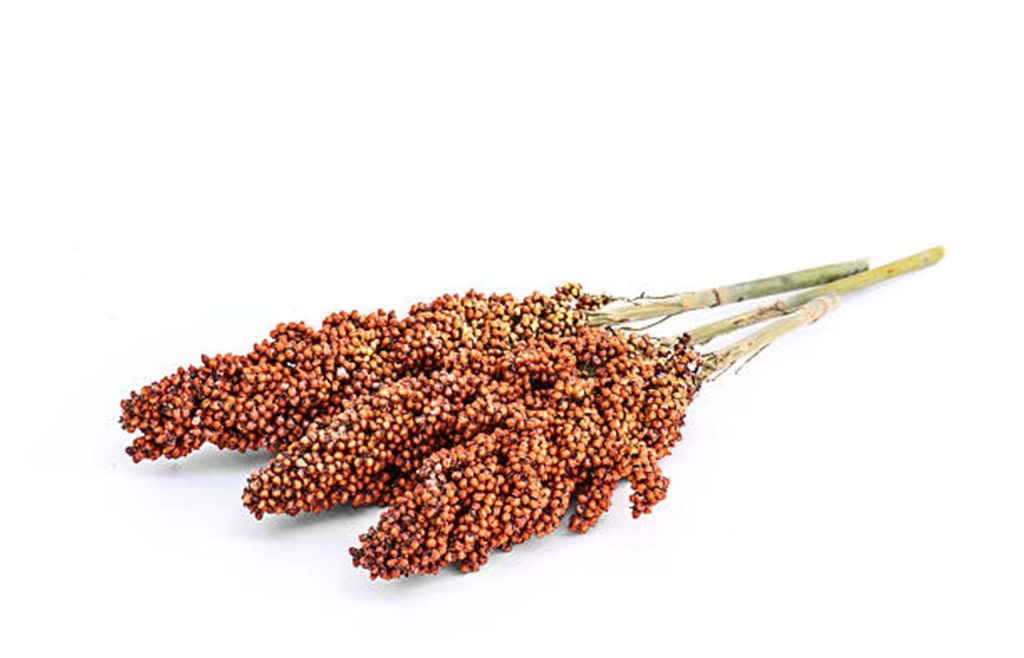Maize
Maize (Zea mays L.), a cereal with yellow kernels on long ears, is a tall-growing grain that has quickly become a staple food in many parts of the world. There are approximately 50 species, each with its own unique color, texture, shape, and size; however, white, yellow, and red are the most commonly cultivated maize types. The seeds, also known as corn, are used as human and livestock food, as a biofuel source, and can be processed for other purposes. Globally, maize is known as the “queen of cereals” because of its high genetic yield potential.

Paddy Rice
The word “paddy” is derived from the Malay word padi, meaning “rice plant,” which is itself derived from Proto-Austronesian *pajay (“rice in the field,” “rice plant”). Paddy rice, when harvested, is further processed into finished rice for human consumption. Rice is a major staple in Nigeria and West Africa, with millions of people consuming it regularly.

Sorghum
Sorghum is widely regarded as the world’s fifth-most important grain cereal. While some of it is consumed directly as food by humans, it is also used as a raw material in animal feed production and beverage brewing. Nigeria, according to statistics, is Africa’s largest producer of sorghum, with an estimated production of 6.5 million tons in 2020.

